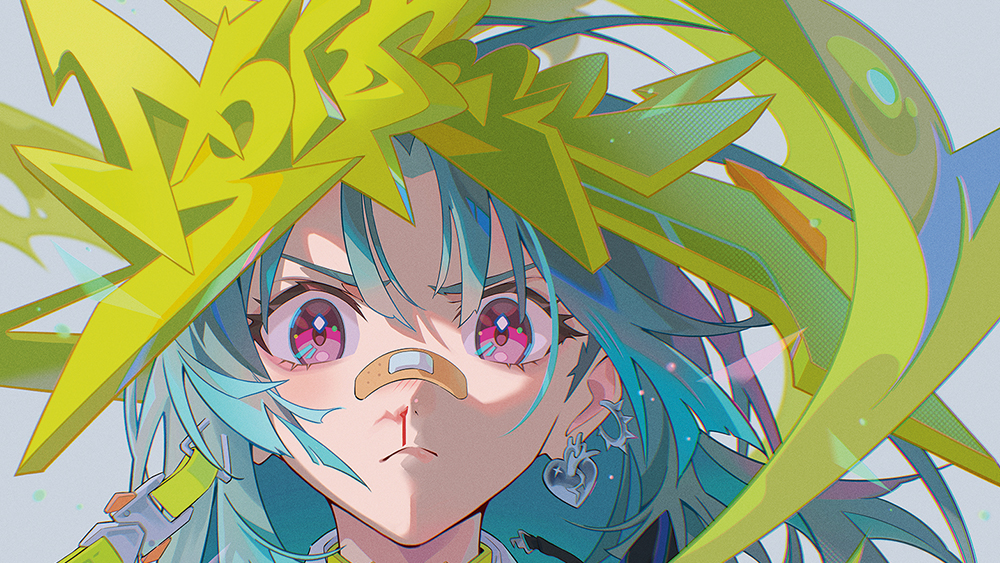My design classic: The chip fork
Anthony Burrill celebrates the iconic minimalism of the humble chip fork – a British national treasure and true design icon
My chosen design classic is the humble chip-shop fork. On first glance it might be an unlikely candidate to join the hallowed ranks of Concorde, the London Underground Map and the Anglepoise lamp, but I feel its simple, utilitarian design, ideally fit for purpose, gives it a deserved iconic status. The chip fork is peculiarly British and has a charm that harks back to an older period.
I grew up with a love of chips – they are still my culinary guilty pleasure. A big part of any visit to the chip shop is reaching for that little wooden utensil, once the order for chips and mushy peas has been made. They are normally dispensed from a little cardboard box with a simple line drawing of a mermaid on the side. There may be a brand name on the box; the design looks folksy and doesn’t seem to have changed since the 60s – it hasn’t been tinkered with or modernised.
I’m not clear on the environmental aspects of the chip fork. I assume that they are produced cheaply from low-grade wood, so hopefully the environmental impact of their manufacture is minimal. I’m sure they biodegrade effectively, especially after being liberally doused with vinegar and tomato ketchup.
I have a keen interest in vernacular design, especially homemade typography, ‘non-designed’ interiors and architecture, and contemporary ‘folk art’. I love the overlooked and marginal: it has a character and individuality that is missing from our increasingly homogenised high streets. The chip fork could easily be underappreciated for its simplicity, and effortless fusing of form and function.
It’s important to understand and gain inspiration from the everyday and familiar. Next time you visit your local chip shop, have a look at the fork and admire its everyday beauty.
Daily design news, reviews, how-tos and more, as picked by the editors.

The Creative Bloq team is made up of a group of art and design enthusiasts, and has changed and evolved since Creative Bloq began back in 2012. The current website team consists of eight full-time members of staff: Editor Georgia Coggan, Deputy Editor Rosie Hilder, Ecommerce Editor Beren Neale, Senior News Editor Daniel Piper, Editor, Digital Art and 3D Ian Dean, Tech Reviews Editor Erlingur Einarsson, Ecommerce Writer Beth Nicholls and Staff Writer Natalie Fear, as well as a roster of freelancers from around the world. The ImagineFX magazine team also pitch in, ensuring that content from leading digital art publication ImagineFX is represented on Creative Bloq.
